History of Robot Applications
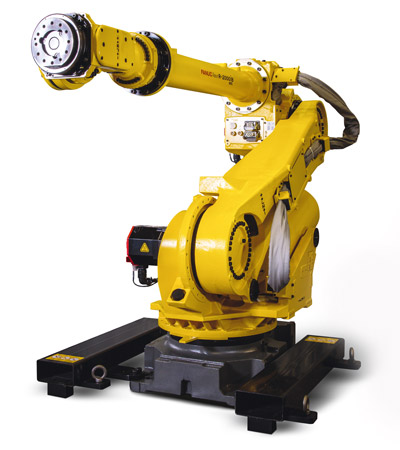
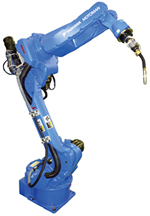
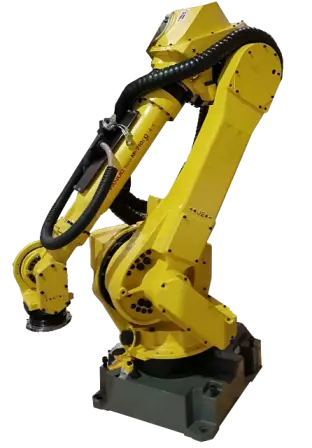
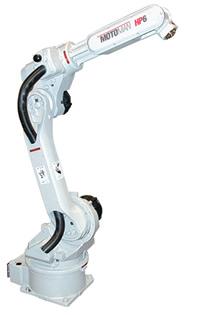
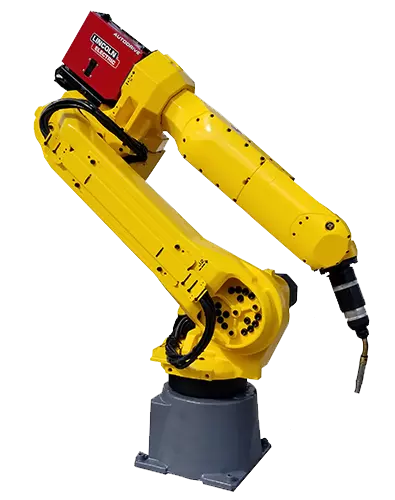
Today’s industrial robots are capable of automating just about any production related task. The development of sophisticated software, force sensors, and peripherals has significantly advanced the uses of industrial robots. However, this has not always been the case as the first robots were limited in the applications they could automate.
Industrial robots got their start in manufacturing in the early 1960s with GM’s UNIMATE. The first applications automated by UNIMATE were spot welding, die casting, and material handling. The first industrial robots were rigid machines capable of only automating highly repetitive, high volume processes. This is why industrial robots were mainly deployed by large manufacturers. At the time the technology was lacking for the automation of complex tasks or those with any degree of variability.
Starting in the 1980s the use of industrial robots began to significantly grow. More manufacturers started implementing robotic automation as they looked to improve their productions. In this decade the types of applications being automated by robots also began to expand. Even though spot welding was one of the first applications for industrial robots, it was not until the 1980s that robotic welding began to grow. The automotive industry began exclusively using spot welding robots during this time. In addition, arc welding applications also started to be automated by industrial robots.
Around the same time another application emerged for robots, painting. The automotive industry was also the first to automate painting processes with industrial robots. The repetitive nature of painting made robots the perfect fit. Articulated robots ensured smooth, even, and uniform finishes while they were also better equipped to handle the hazards that made painting tasks unsafe for workers.
In recent years the advancement of robotic technology has allowed for more types of applications to be automated along with more complex processes. Robotic vision systems, force sensors, offline programming/simulation, and collision detection are just some of the items that have advanced the scope of robotic applications. Welding automation is still by far the most common robotic application, but methods outside of arc welding and spot welding have been added. The ABB 4400 is capable of automating laser welding. While the Motoman HP20D can be used for ultrasonic welding. Six axis robots are also being used for material removal applications such as cutting and deburring as well as finishing tasks. Integrating robots with vision has allowed for the automation of inspection applications along with those with more complex processes. Integrating the FANUC M-10ia with vision allows it to handle variables such as part changes, different part locations, or application path changes.
Newer robot applications include those outside of traditional industrial settings such as in the food and pharmaceutical industries. The development of cleanroom robots has allowed for the robotic automation of applications requiring sterile work environments. Other new applications for robots include training workers, assisting workers, and 3D printing. In addition to new and more complex tasks, robots are now capable of automating applications with a mix of production volumes. Robots are no longer limited to only high production volumes as their adaptability makes them suitable for automating applications of any volume.